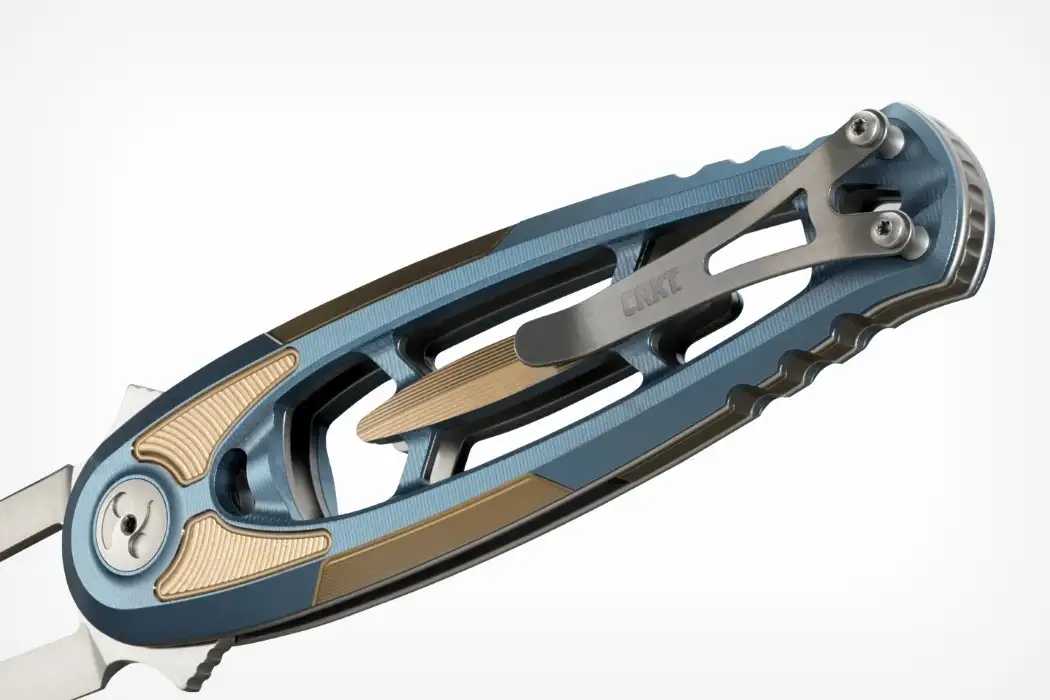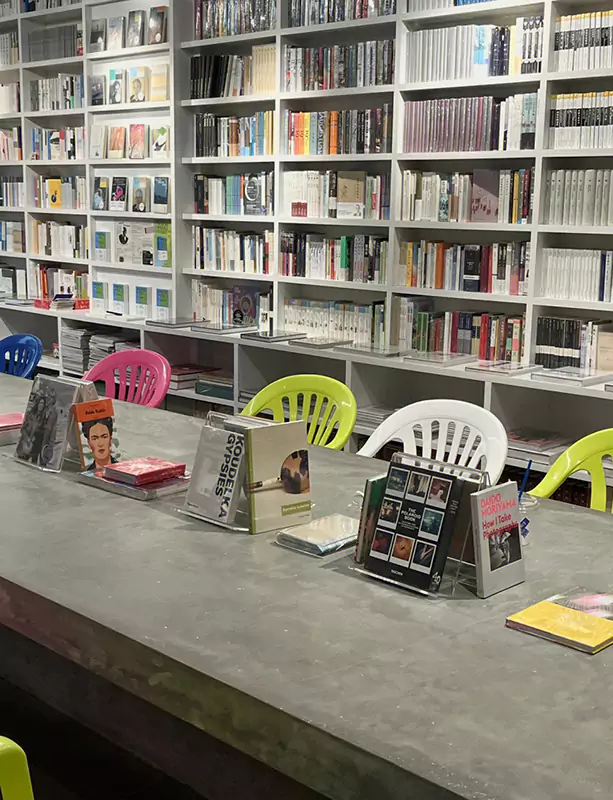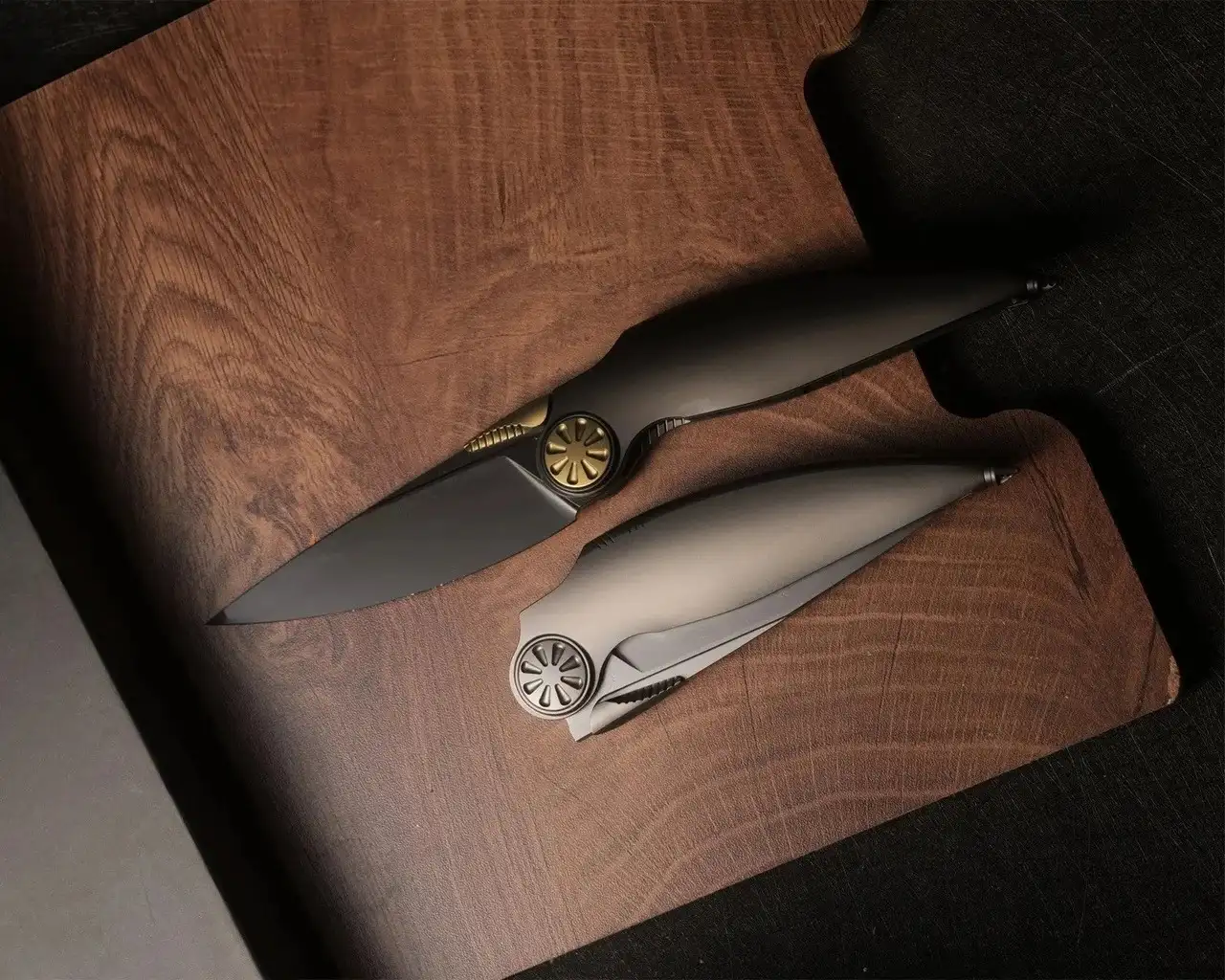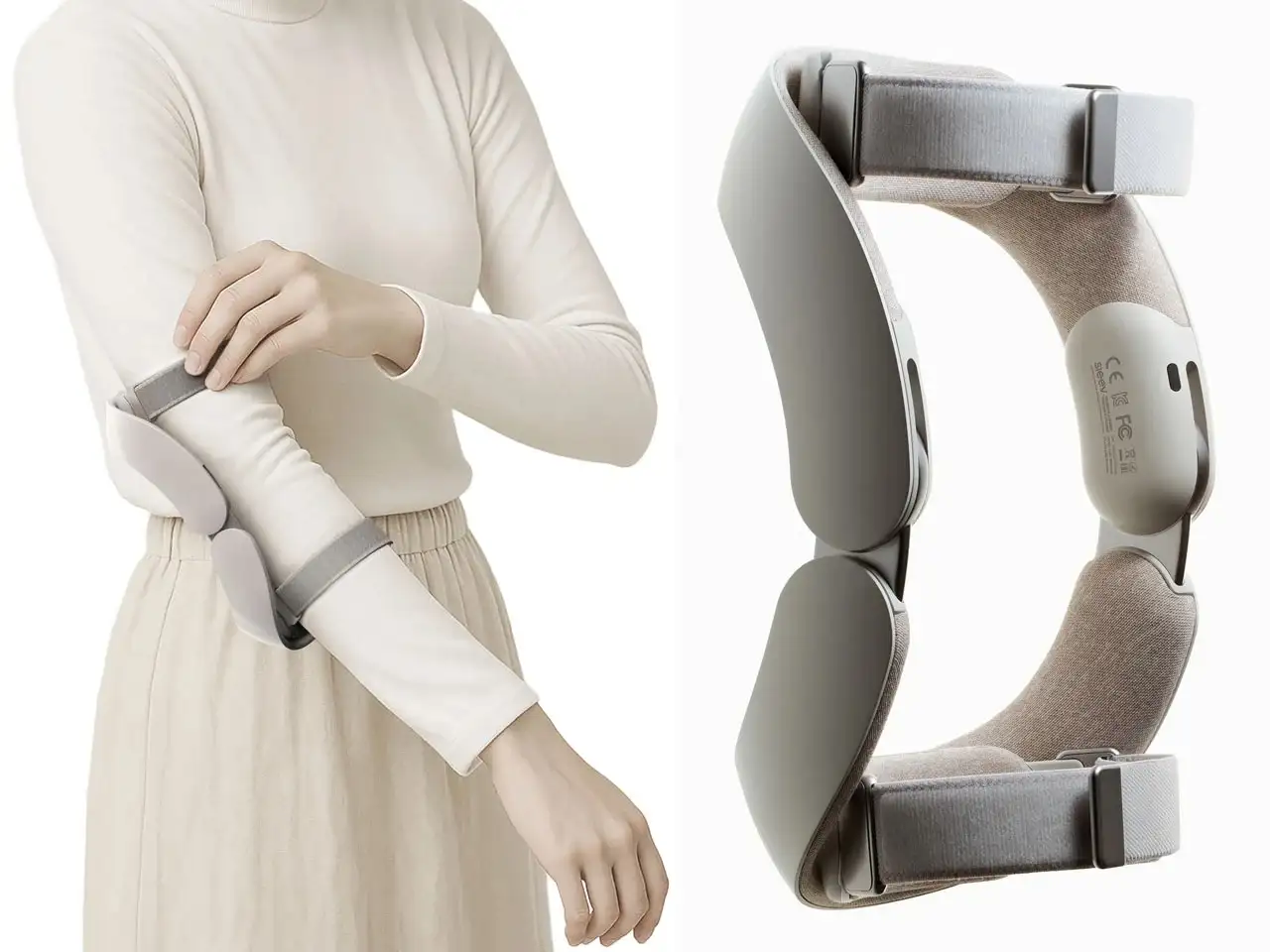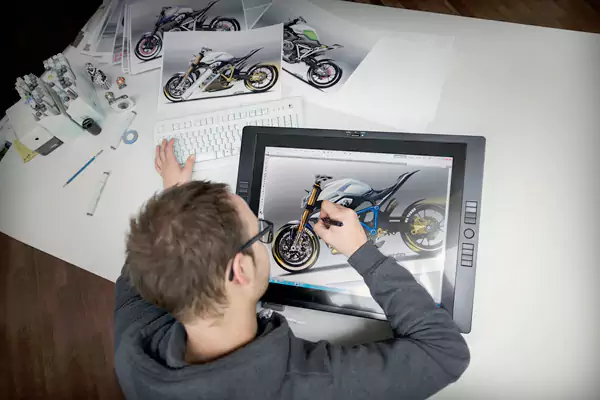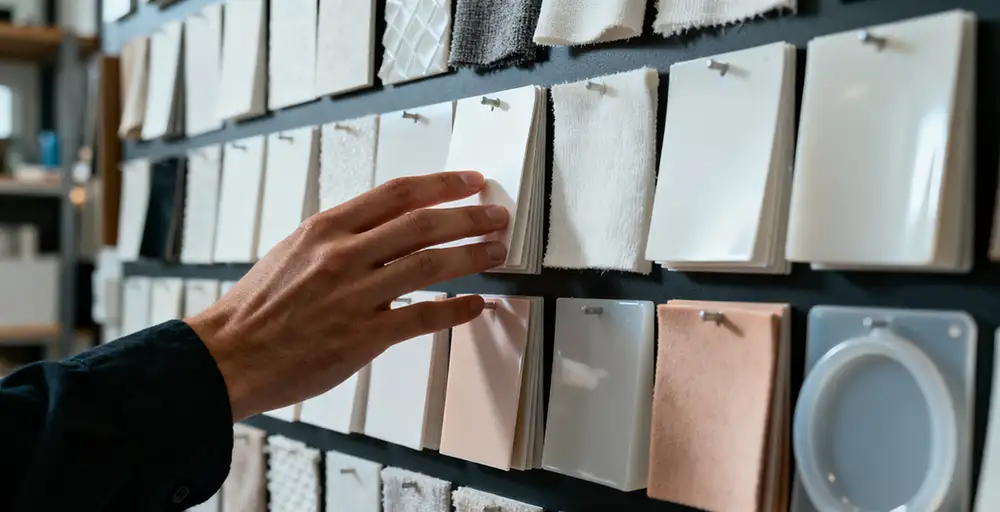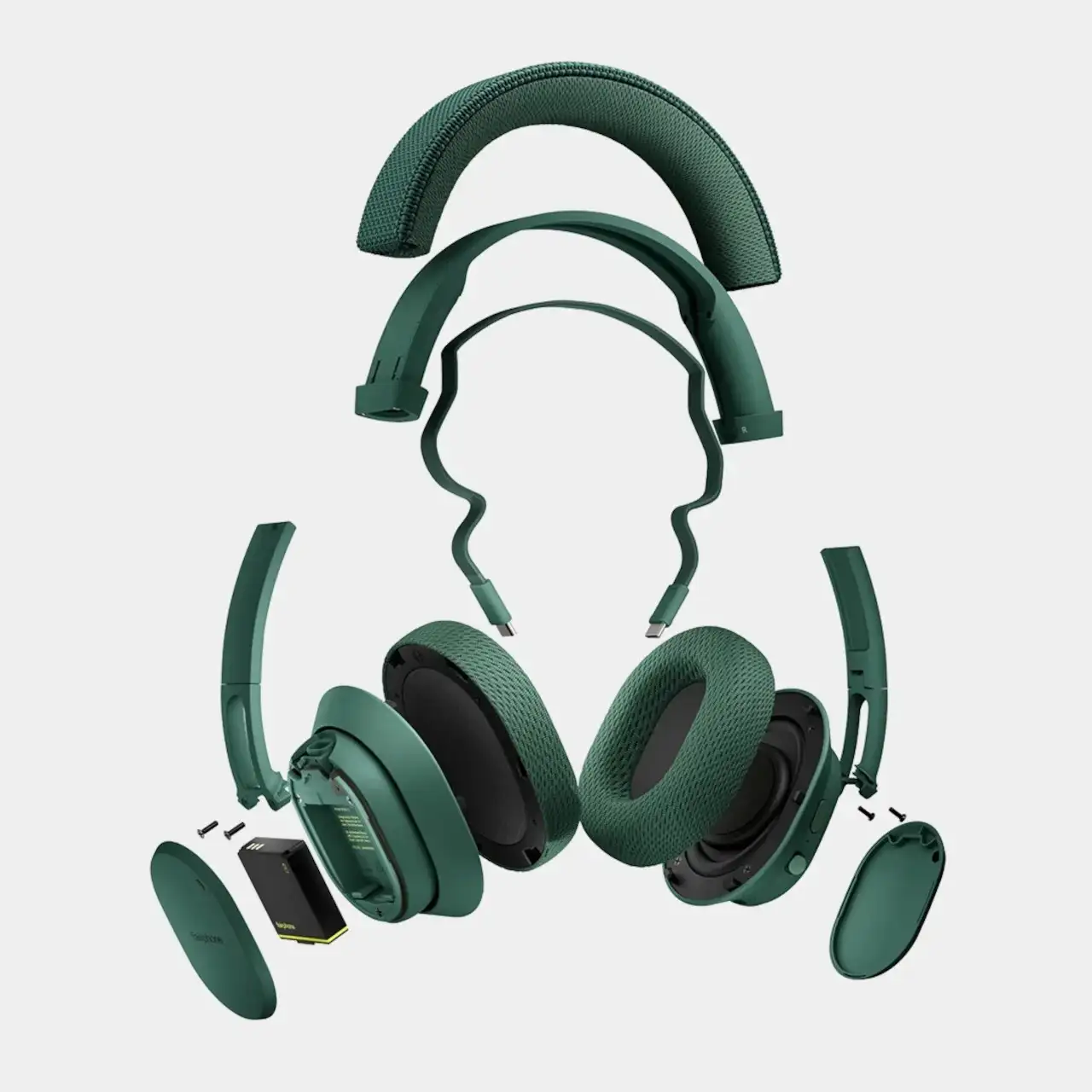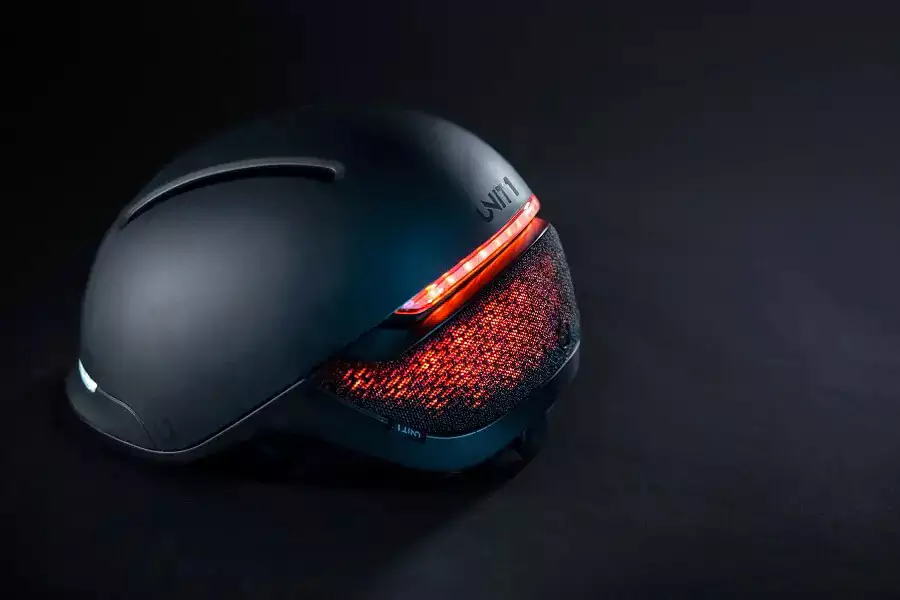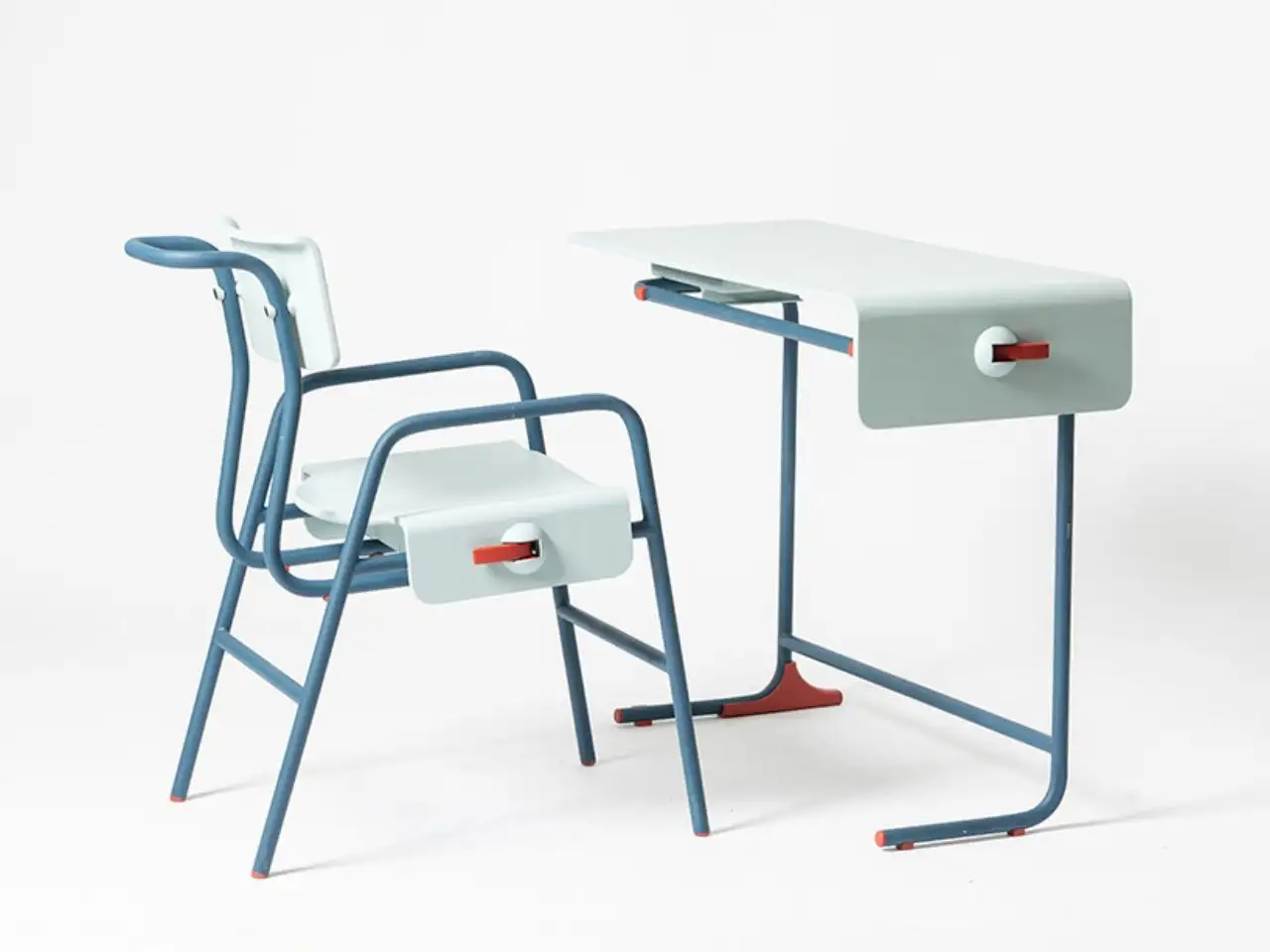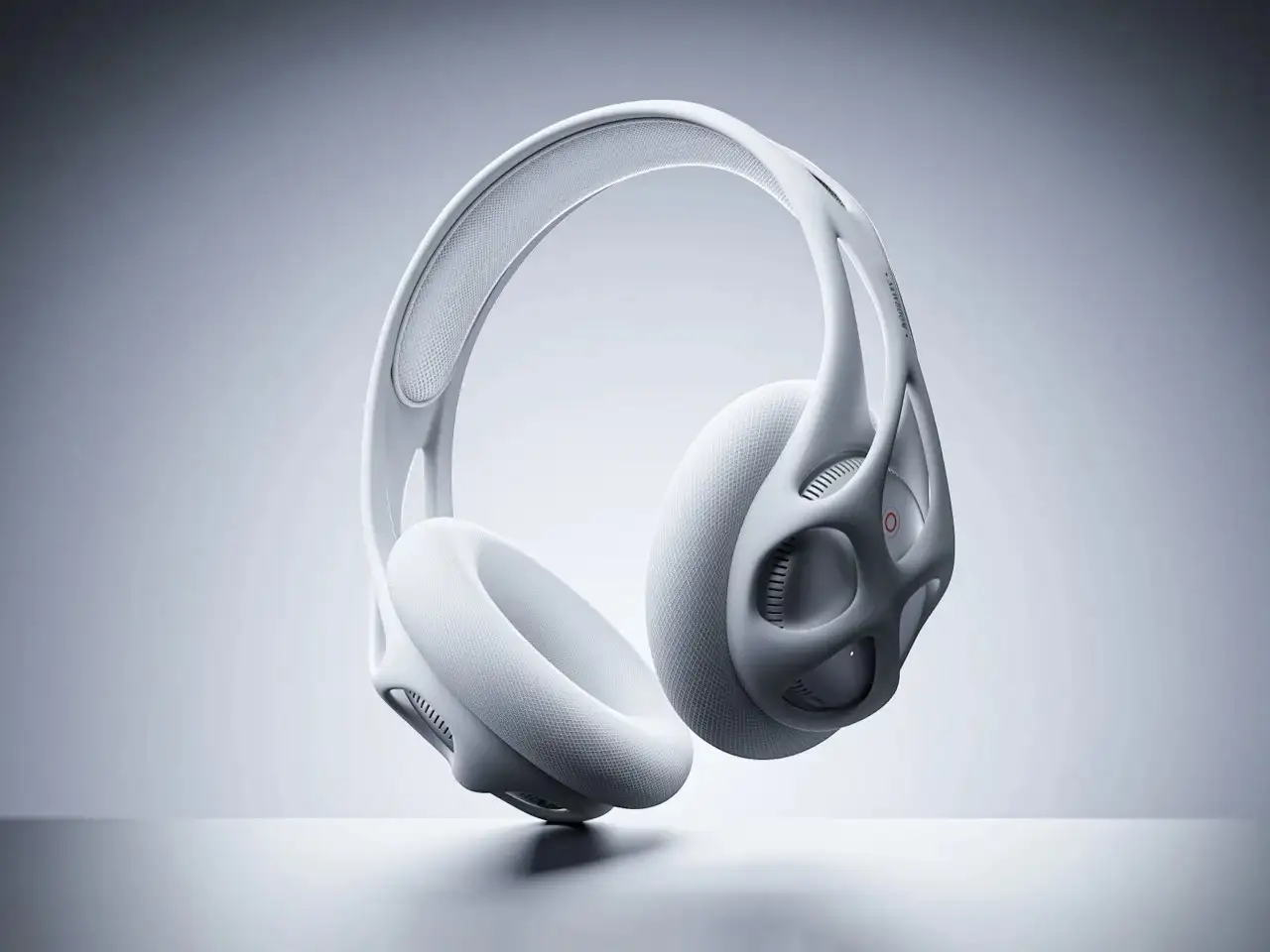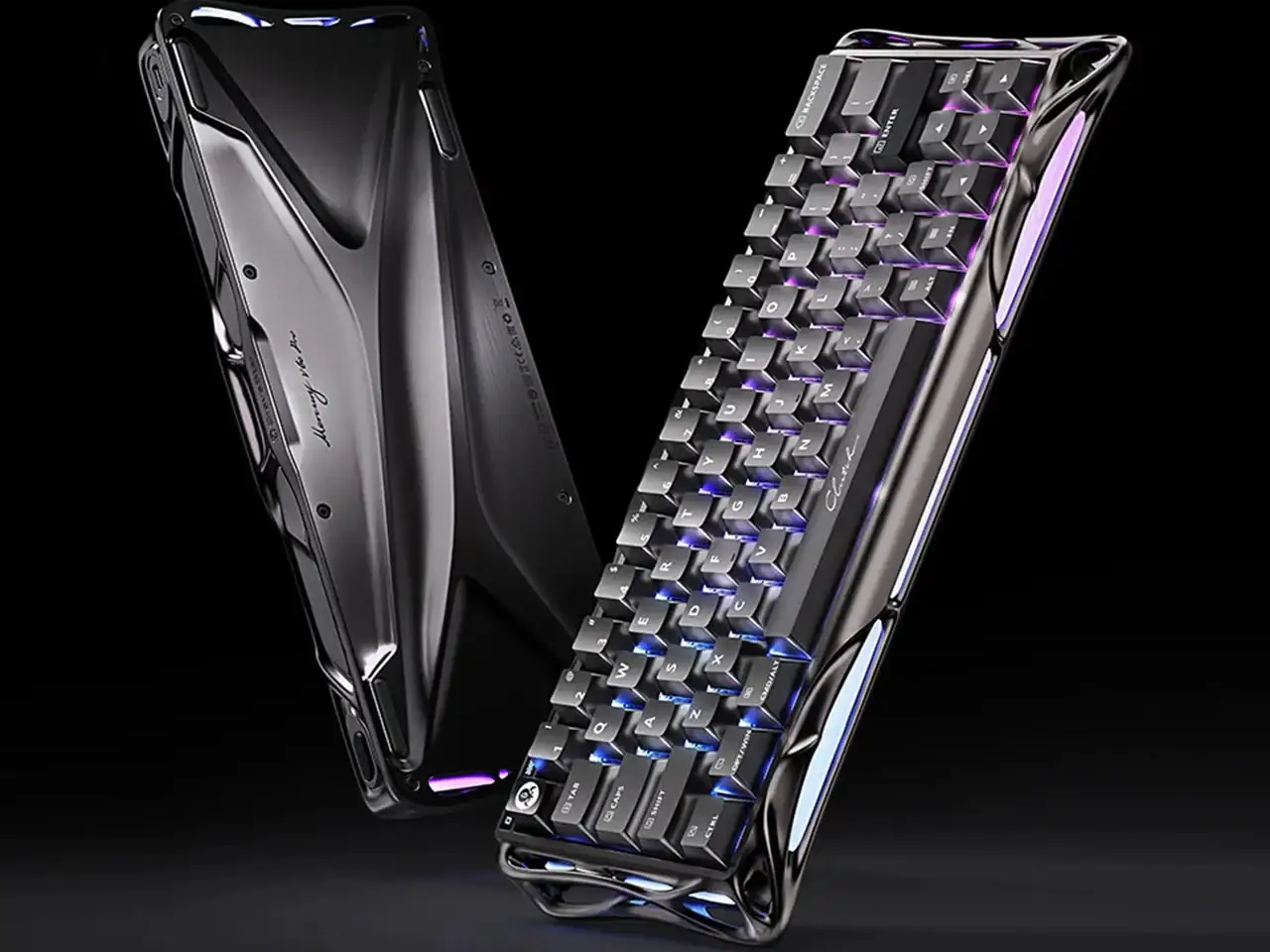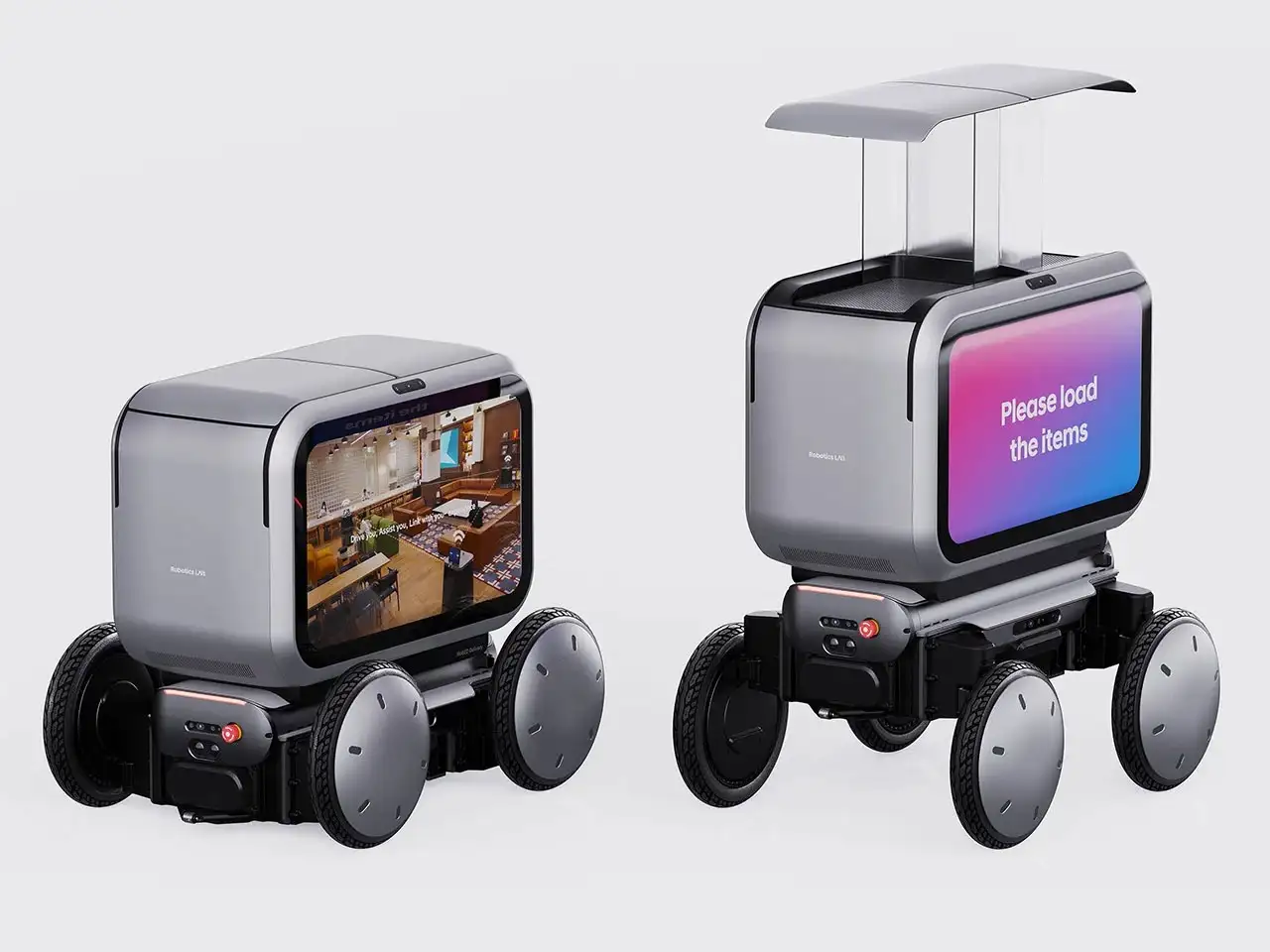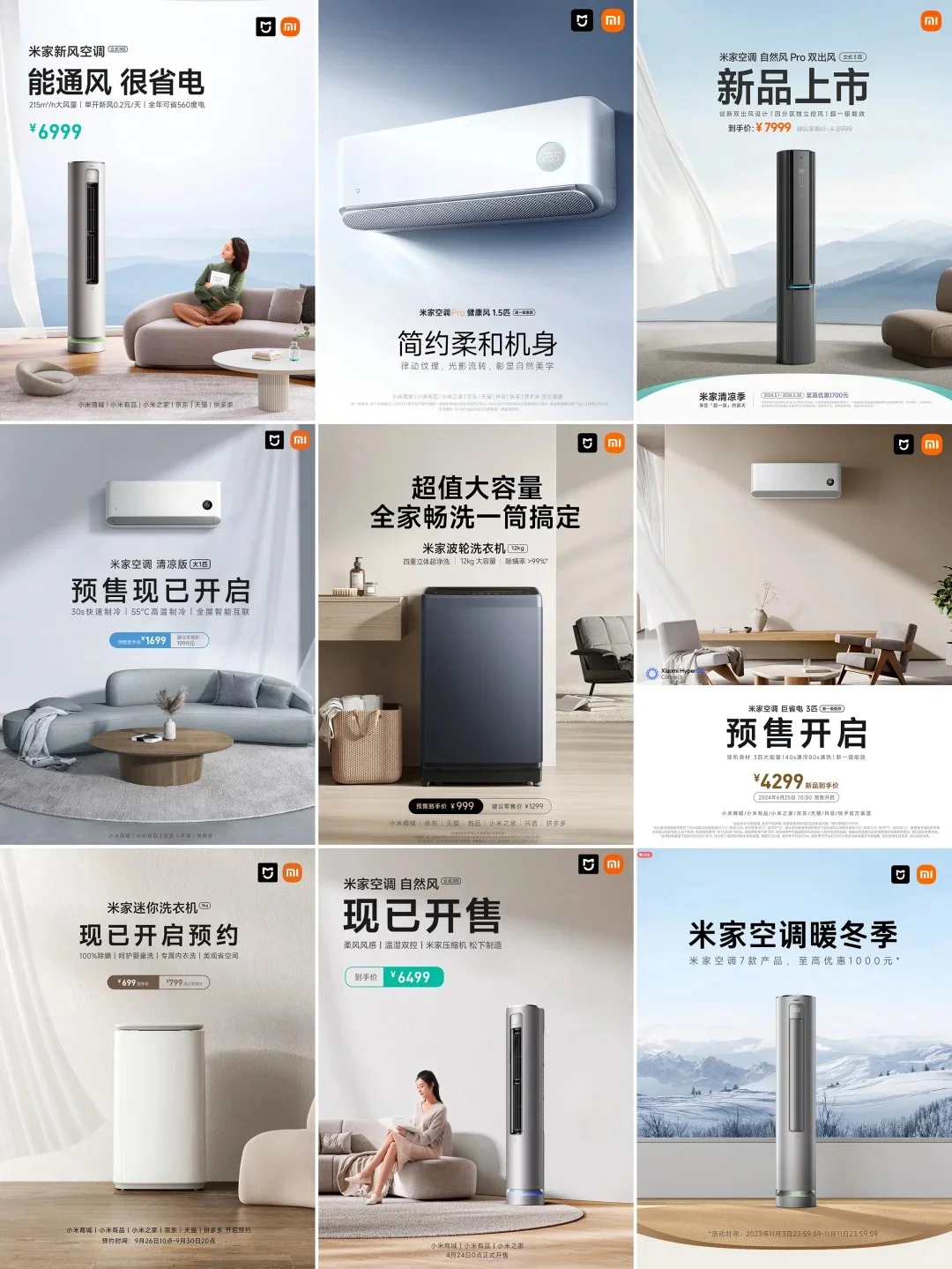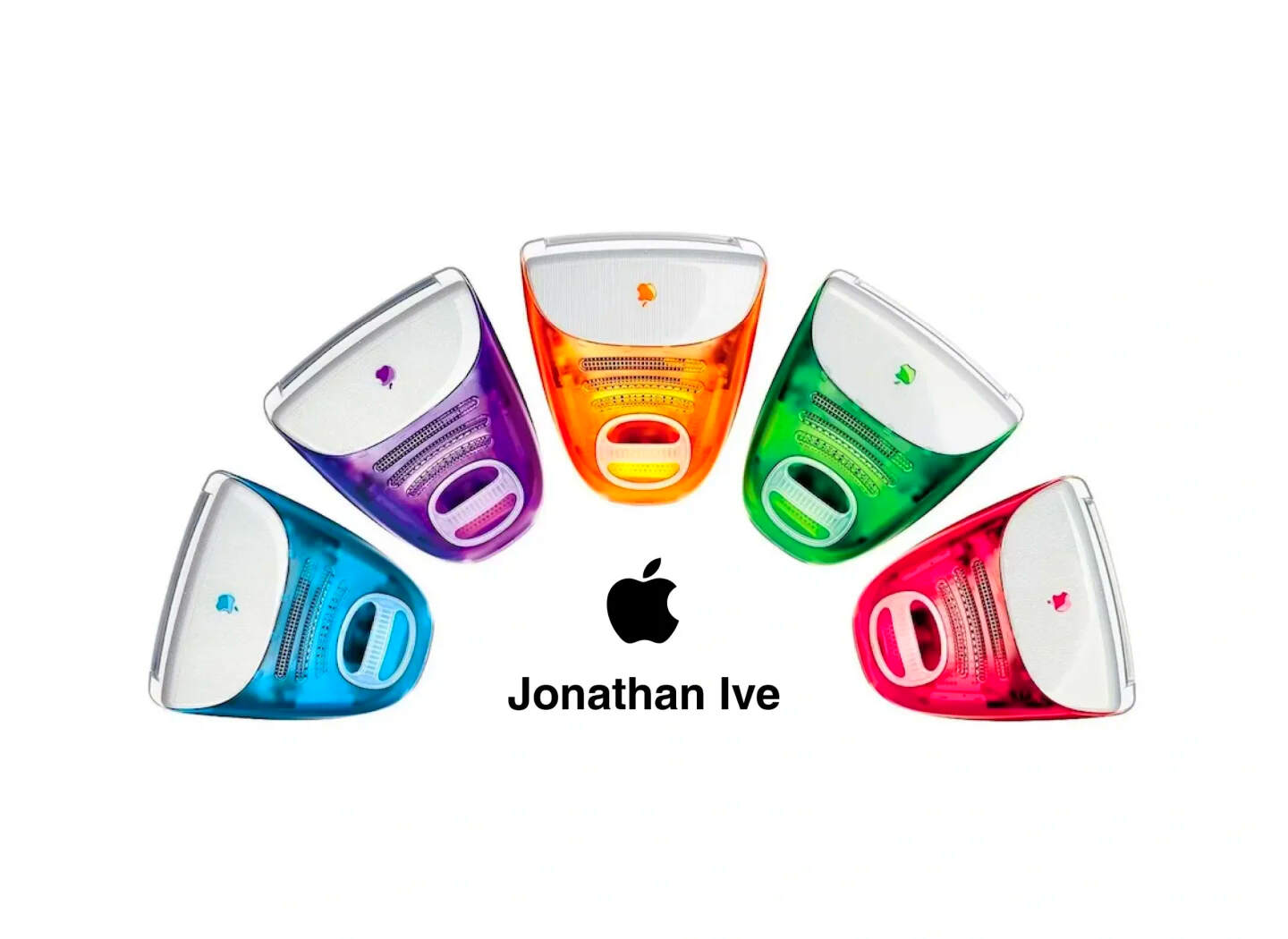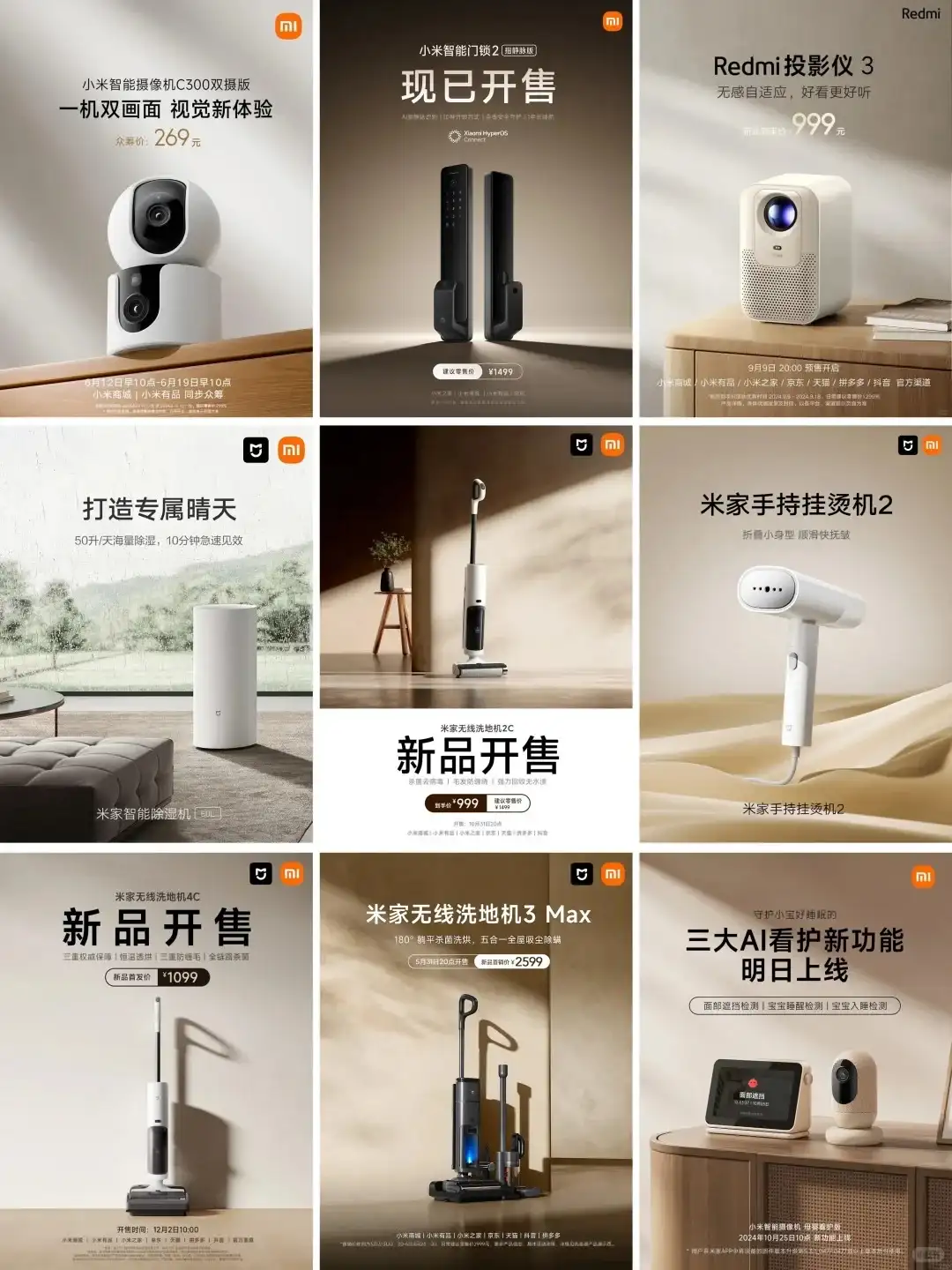NINEIDEA:在工业设计的浩瀚海洋中,优秀设计作品宛如璀璨星辰,承载着多元的设计风格与独特的工业设计美学。对于渴望成长的设计师而言,掌握从这些作品中汲取养分的方法,是提升设计能力、拓宽创作视野的关键路径。
全面观察作品
整体感知:先从整体上观察作品,把握其给人的第一印象,是简约现代、复古经典,还是充满科技感、艺术感等,初步判断其所属的设计风格范畴。
细节审视:仔细观察作品的细节,包括形状、线条、色彩、材质、纹理等元素。比如,简约风格的作品通常线条简洁流畅,色彩单纯;而复古风格可能会有复杂的图案、丰富的纹理和特定的色彩搭配。
交互体验:如果是产品设计,还需考虑其交互方式和用户体验。例如,一些注重用户体验的设计会在操作按钮的位置、形状等方面进行精心设计,以方便用户使用,这也体现了一种以用户为中心的审美观点。
分析设计元素
形状与线条:分析作品中形状和线条的运用。直线可能传达出简洁、稳定的感觉,曲线则更具柔和、灵动之美。几何形状的组合可能形成现代、理性的风格,而有机形状则可能营造出自然、亲切的氛围。
色彩运用:研究作品的色彩搭配。不同的色彩组合会产生不同的视觉效果和情感联想。例如,暖色调通常给人热情、活力的感觉,冷色调则显得冷静、专业;对比强烈的色彩搭配能吸引注意力,而柔和的色彩组合则带来舒适、和谐的视觉体验。
材质与纹理:注意作品所使用的材质和纹理。金属材质可能体现出科技感和现代感,木材则传达出温暖、自然的气息。光滑的纹理给人精致的感觉,粗糙的纹理则更具质感和原始美。
研究设计背景
了解设计师:了解作品的设计师及其设计理念、风格偏好和创作背景。设计师的个人经历、文化背景和设计哲学等会融入到作品中,通过了解这些信息,能更好地理解作品所蕴含的设计风格和审美观点。
时代与文化背景:探究作品所处的时代和文化背景。不同时代和文化下会产生不同的设计风格,例如,工业革命时期的设计注重功能和效率,而现代社会则更强调环保和可持续性。了解这些背景因素,有助于理解作品为何呈现出特定的设计风格和审美特征。
对比与分类
同类作品对比:将相似类型或主题的优秀设计作品放在一起进行对比分析,找出它们在设计风格和审美观点上的异同之处。通过对比,可以更清晰地把握每种风格的独特之处,以及不同设计师在处理相同问题时的不同手法和创意。
风格分类整理:对观察和分析过的作品进行风格分类整理,建立自己的设计风格库。可以按照简约、复古、现代、自然等不同风格类别进行分类,也可以根据产品类型、行业领域等进行分类。这样有助于系统地学习和总结不同的设计风格和审美观点,便于在需要时进行参考和借鉴。
思考与实践
深入思考:在观察和分析作品的过程中,要深入思考设计师为什么要采用这样的设计风格和审美观点,其目的和效果是什么,是否符合产品的定位和目标用户的需求。通过思考这些问题,能更好地理解设计背后的逻辑和理念。
实践运用:将从优秀作品中学到的设计风格和审美观点运用到自己的设计实践中。可以尝试模仿某种风格进行设计练习,然后逐渐融入自己的创意和想法,形成独特的设计风格。通过实践,不仅能加深对不同设计风格和审美的理解,还能提高自己的设计能力。
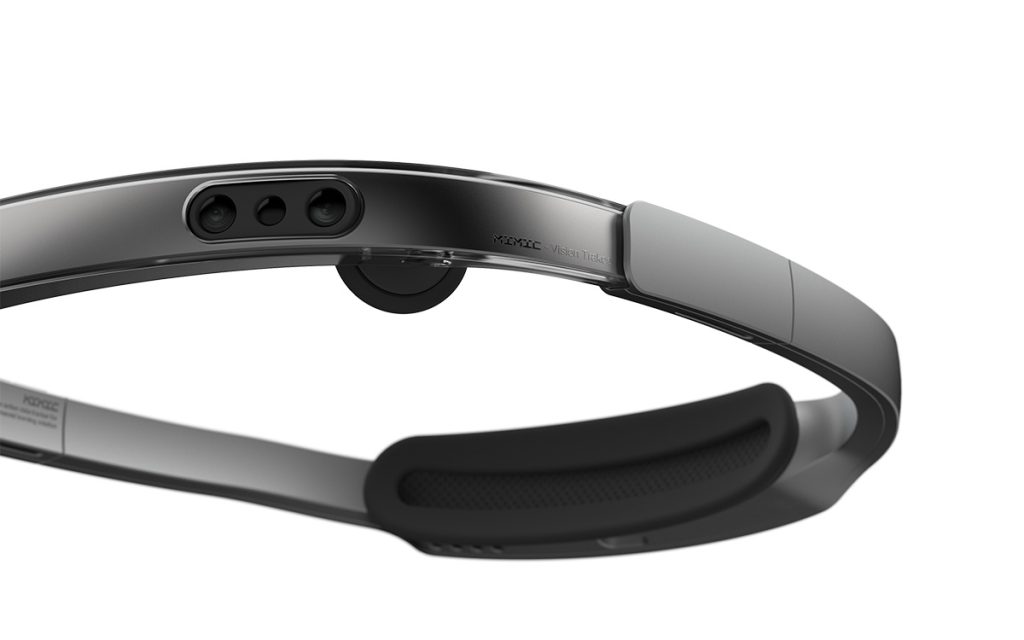
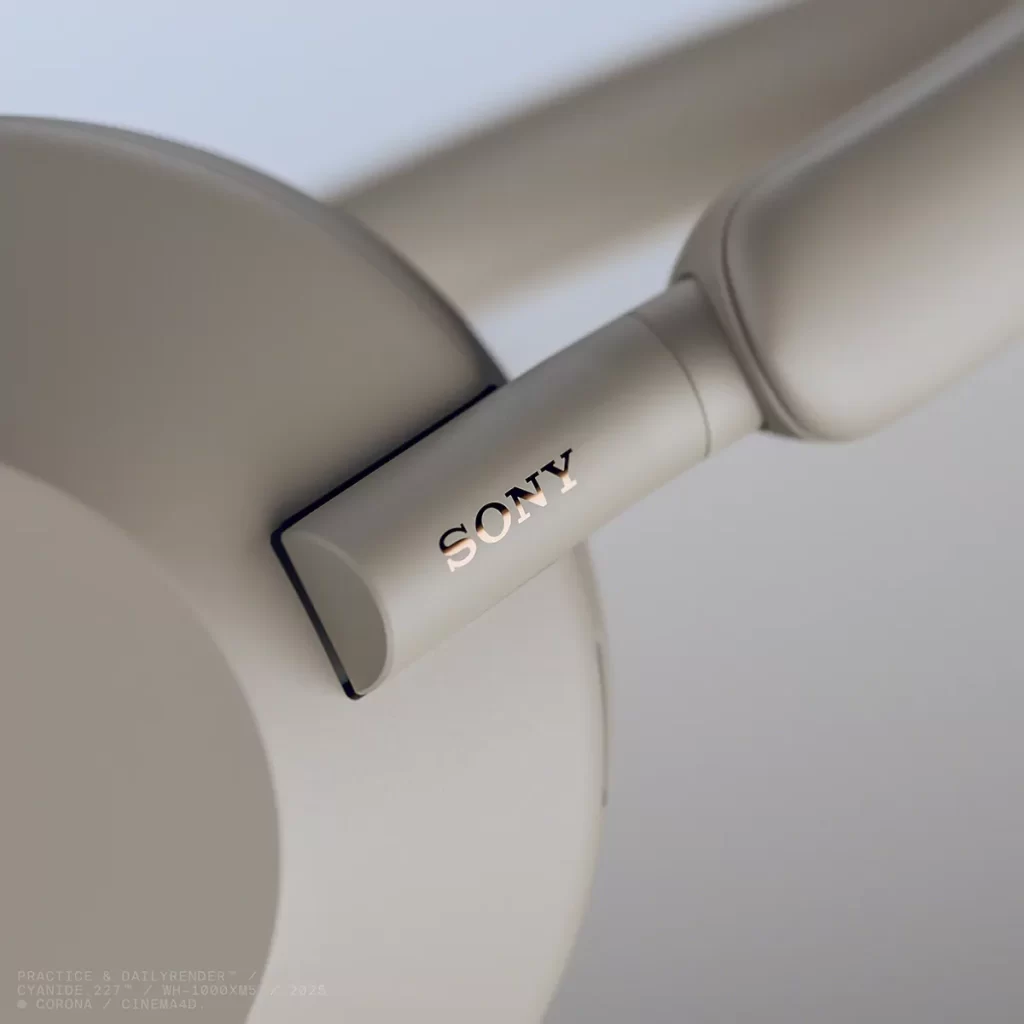
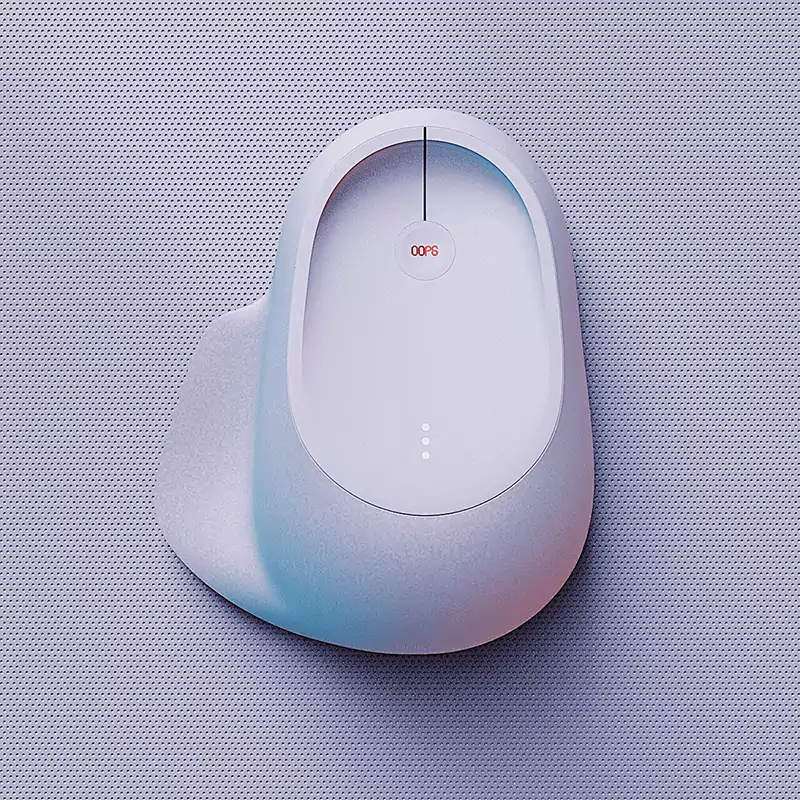
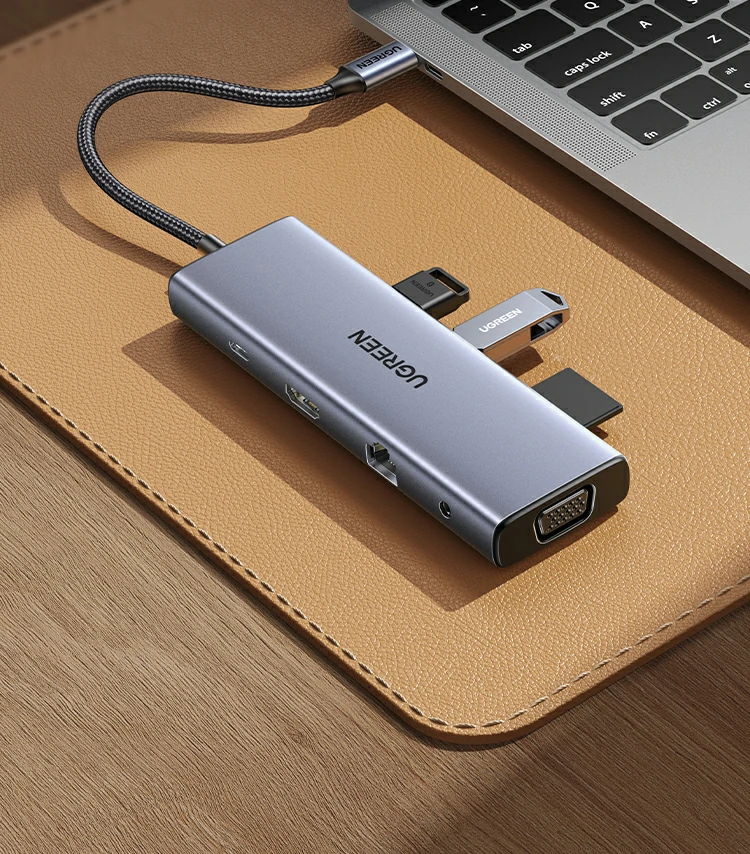
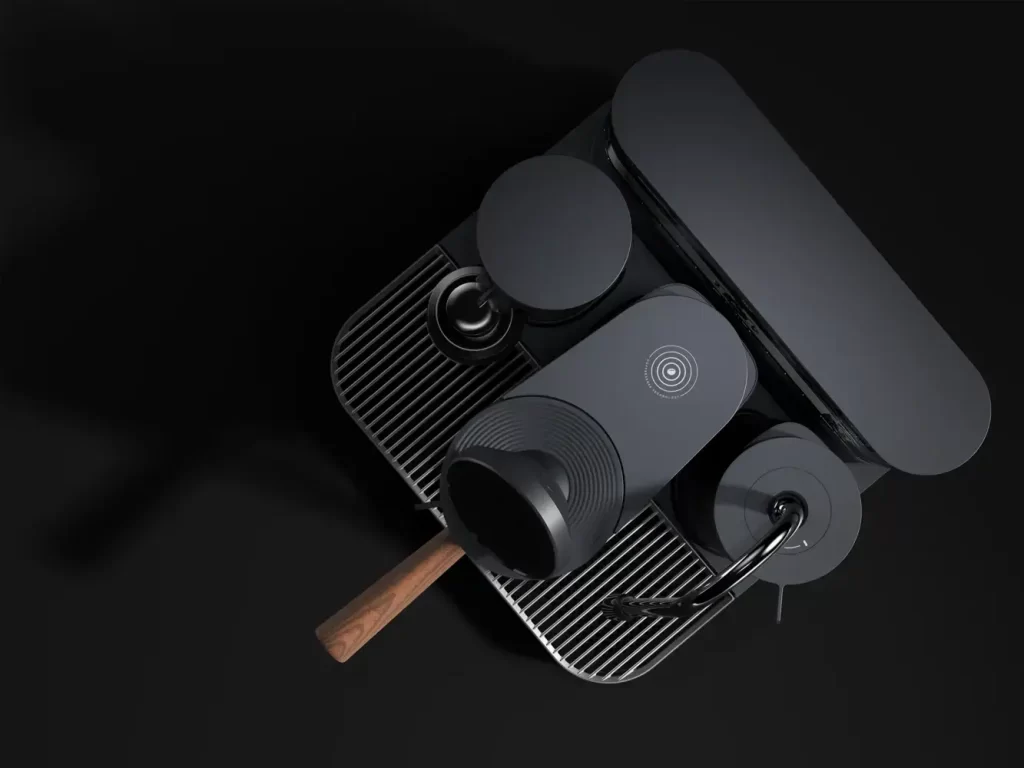
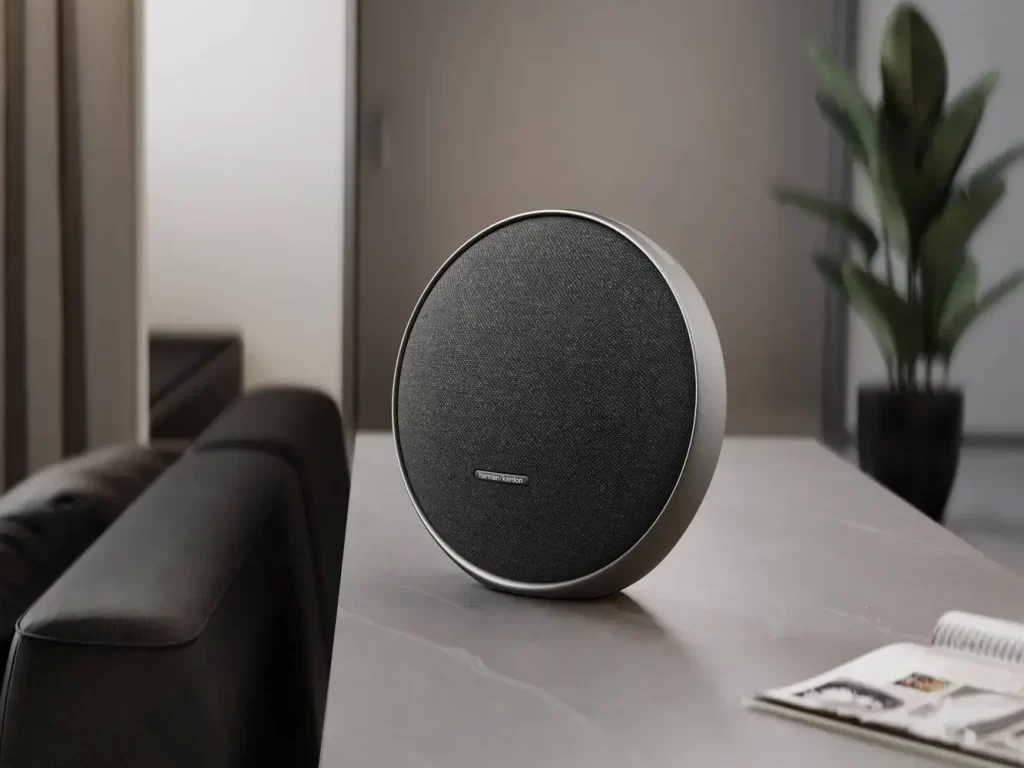
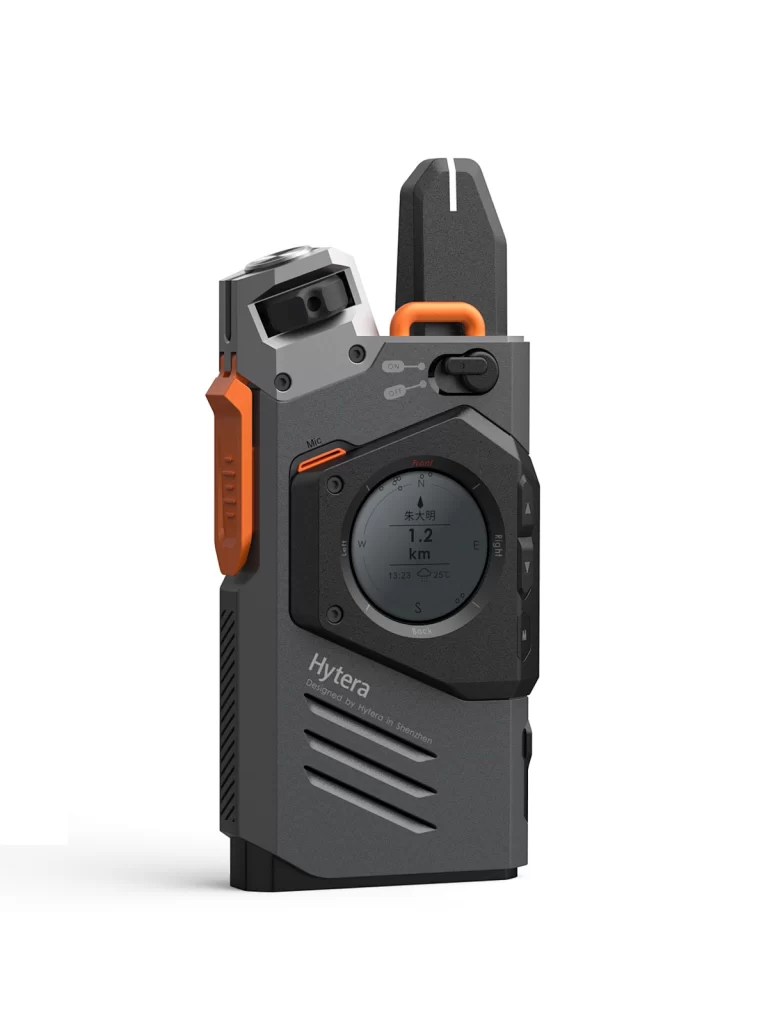
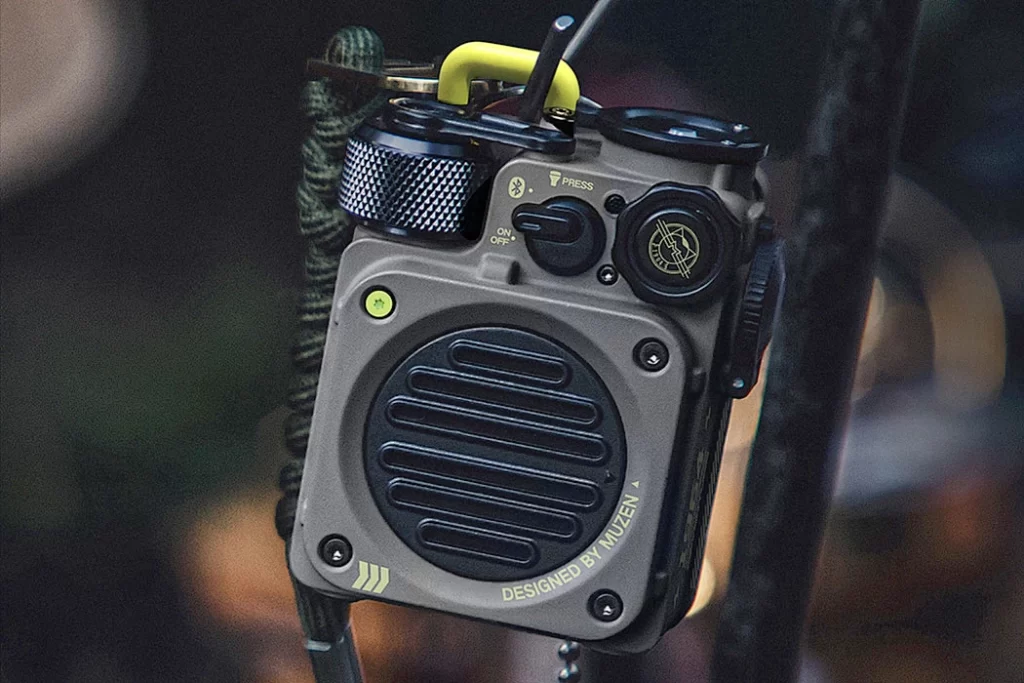

Exploring the Aesthetics of Industrial Design:
How to Understand Different Styles and Aesthetics from Excellent Works
NINEIDEA:In the vast ocean of industrial design, excellent design works are like shining stars, carrying diverse design styles and unique industrial design aesthetics. For designers who aspire to grow, mastering the methods of extracting nutrients from these works is the key path to enhancing design abilities and broadening creative horizons.
Comprehensively observe the work
Overall perception: First observe the work as a whole, grasp its first impression on people, whether it is simple, modern, retro classic, or full of technology, art, etc., and preliminarily judge its design style category.
Detail inspection: Carefully observe the details of the work, including shape, lines, color, material, texture, and other elements. For example, works with a minimalist style usually have simple and smooth lines and pure colors; Retro style may have complex patterns, rich textures, and specific color combinations.
Interactive experience: If it is product design, it is also necessary to consider its interaction mode and user experience. For example, some designs that focus on user experience will carefully design the position, shape, and other aspects of the operation buttons to facilitate user use, which also reflects a user centered aesthetic perspective.
Analyze design elements
Shape and Line: Analyze the use of shape and line in a work. Straight lines may convey a sense of simplicity and stability, while curves have a softer and more dynamic beauty. The combination of geometric shapes may form a modern and rational style, while organic shapes may create a natural and friendly atmosphere.
Color application: Study the color matching of works. Different color combinations can produce different visual effects and emotional associations. For example, warm tones usually give people a feeling of enthusiasm and vitality, while cool tones appear calm and professional; Contrastive color combinations can attract attention, while soft color combinations bring a comfortable and harmonious visual experience.
Materials and textures: Pay attention to the materials and textures used in the work. Metal materials may reflect a sense of technology and modernity, while wood conveys a warm and natural atmosphere. Smooth textures give people a delicate feeling, while rough textures give more texture and primitive beauty.
Research Design Background
Understand the designer: Understand the designer of the work, their design philosophy, style preferences, and creative background. The personal experiences, cultural background, and design philosophy of designers will be integrated into their works. By understanding this information, one can better comprehend the design style and aesthetic perspectives contained in the works.
Era and Cultural Background: Explore the era and cultural background in which the work is situated. Different design styles will emerge in different eras and cultures. For example, design during the Industrial Revolution focused on functionality and efficiency, while modern society emphasizes environmental protection and sustainability. Understanding these background factors helps to comprehend why the work presents a specific design style and aesthetic features.
Comparison and classification
Comparison of Similar Works: Comparing and analyzing excellent design works of similar types or themes together to identify their similarities and differences in design style and aesthetic perspectives. By comparison, we can have a clearer understanding of the uniqueness of each style, as well as the different techniques and creativity of different designers when dealing with the same problem.
Style classification and organization: Classify and organize observed and analyzed works into styles, and establish one’s own design style library. It can be classified according to different style categories such as simplicity, retro, modern, and natural, as well as product types, industry fields, etc. This helps to systematically learn and summarize different design styles and aesthetic perspectives, facilitating reference and inspiration when needed.
thinking and practice
In depth thinking: In the process of observing and analyzing the work, it is necessary to deeply consider why the designer adopts such a design style and aesthetic viewpoint, what its purpose and effect are, and whether it meets the positioning of the product and the needs of the target users. By contemplating these questions, one can better understand the logic and philosophy behind the design.
Practical application: Apply the design styles and aesthetic perspectives learned from excellent works to one’s own design practice. You can try to imitate a certain style for design practice, and gradually integrate your own creativity and ideas to form a unique design style. Through practice, not only can we deepen our understanding of different design styles and aesthetics, but we can also improve our design abilities.










